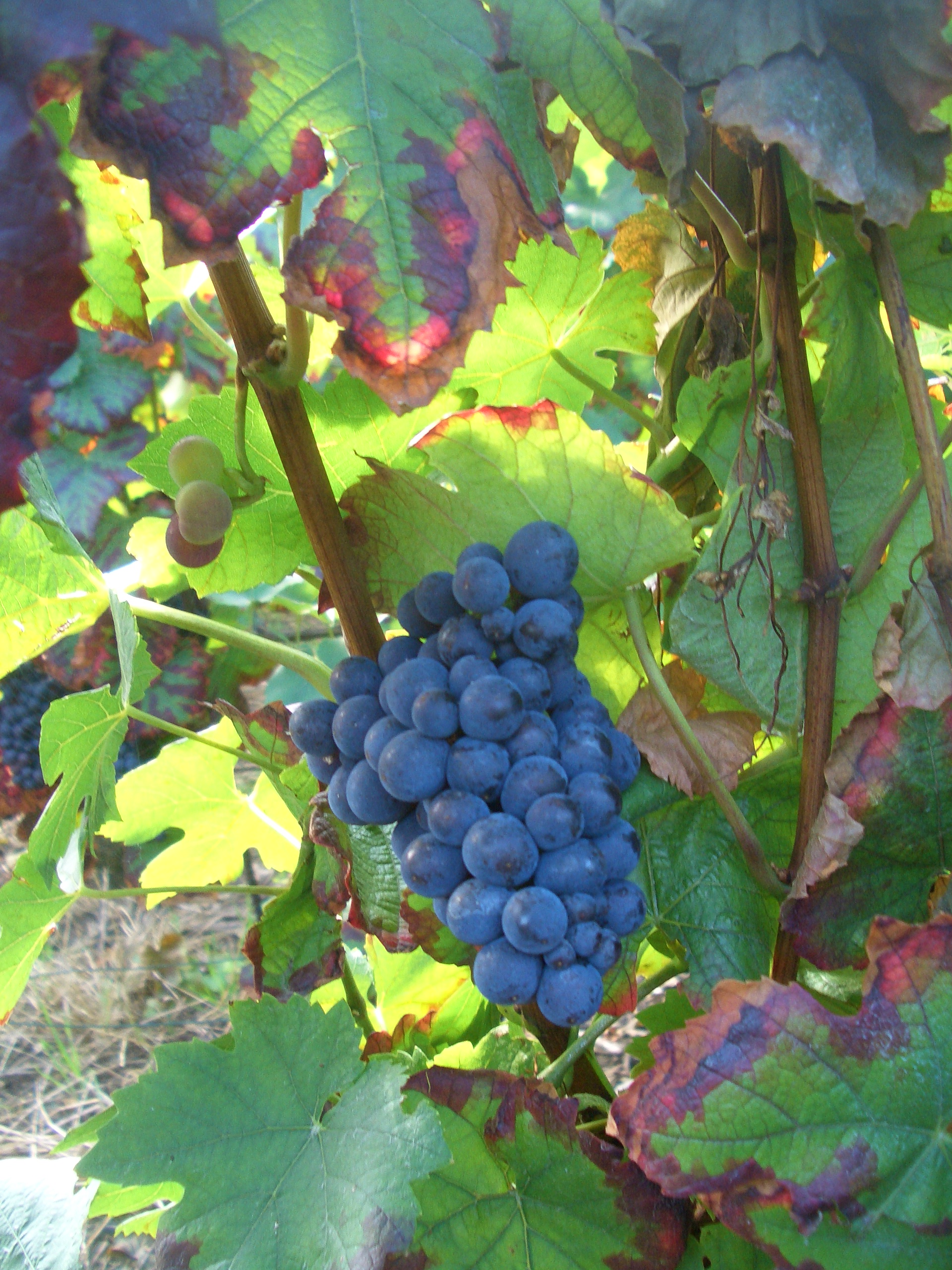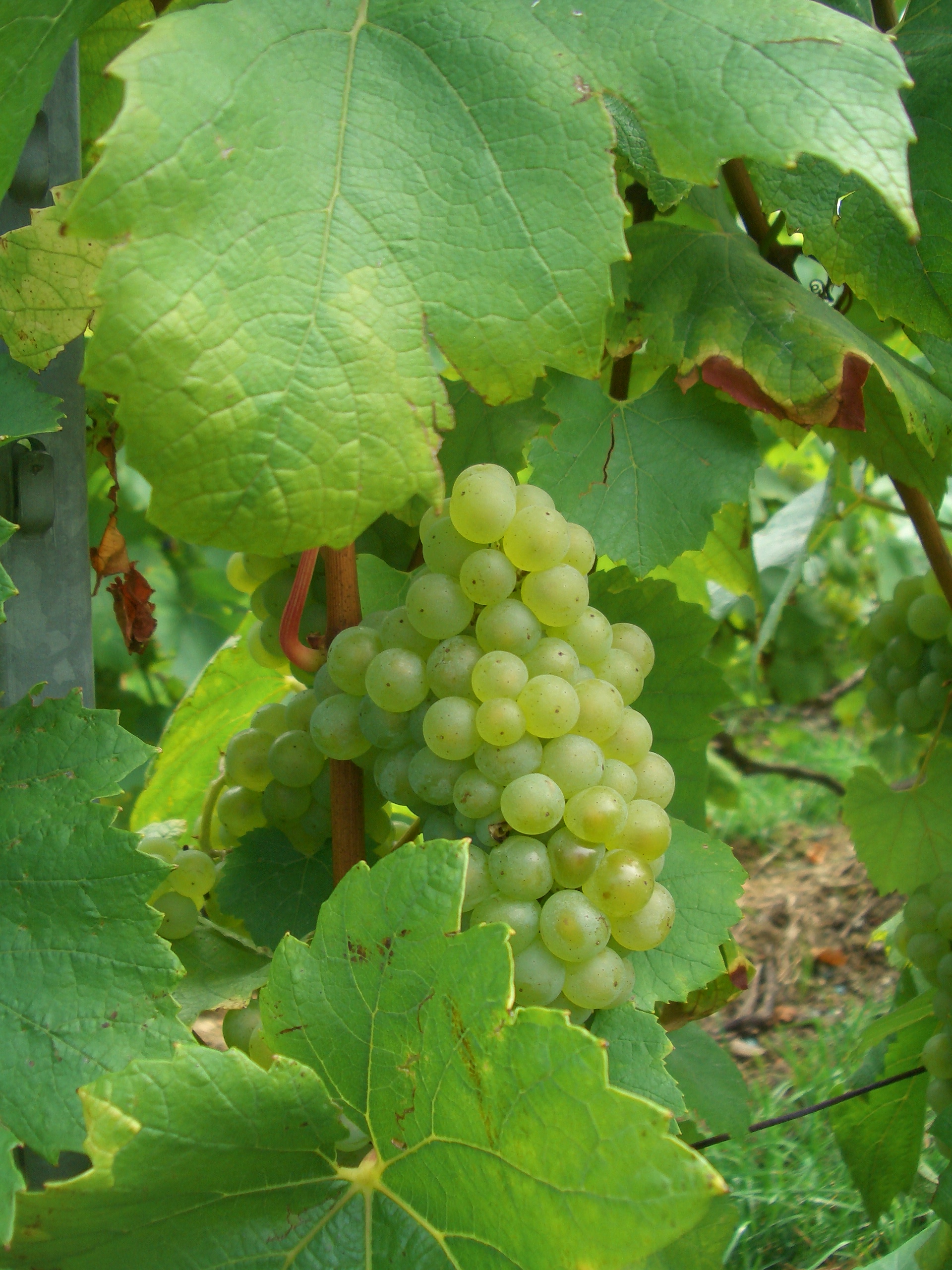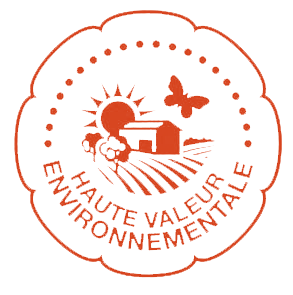Our vineyard
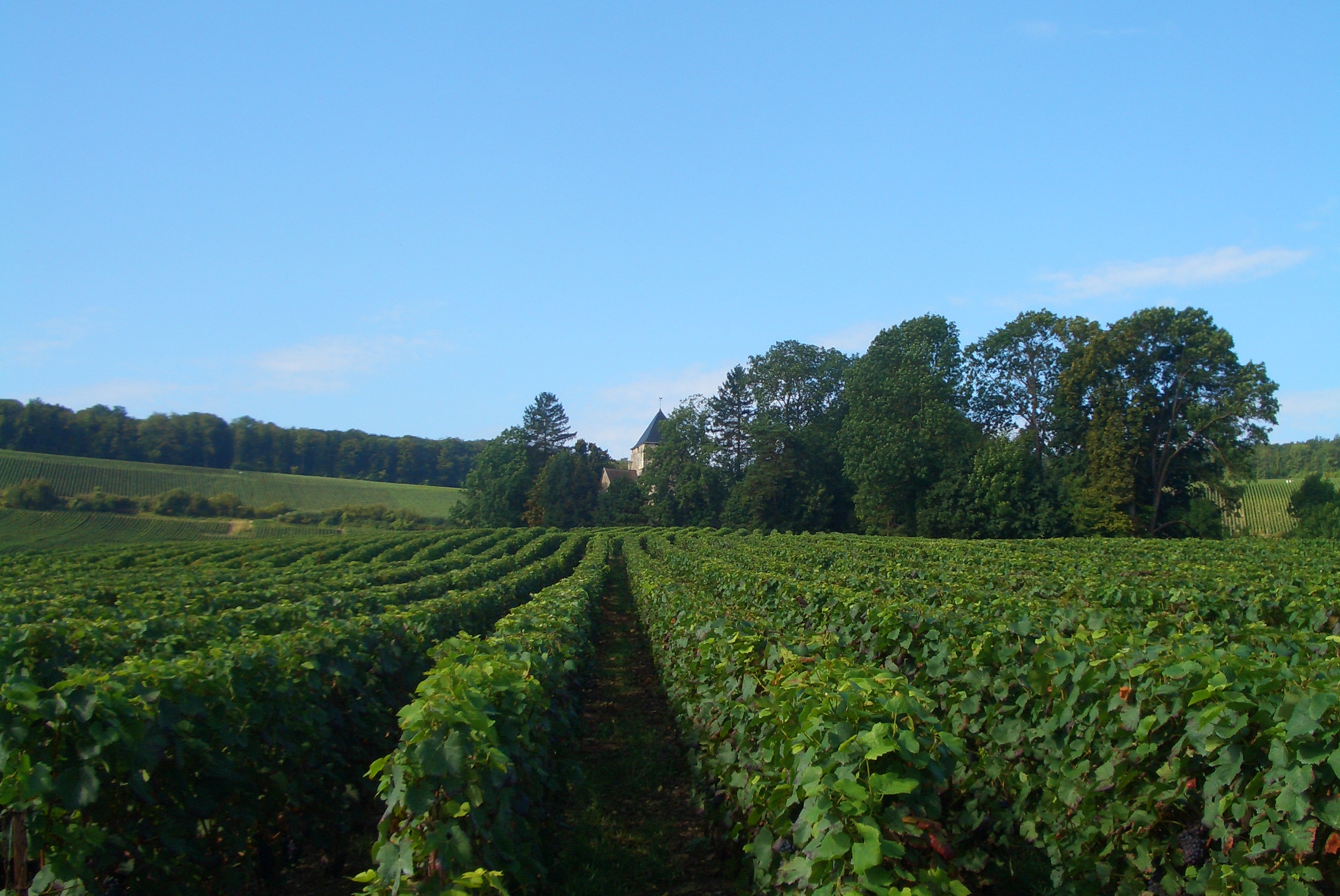
Our vineyard is located in “La montagne de Reims” (with a soil composed of clay, chalk and sand) on sloping parcels. The Vineyard from Champagne is traditionally planted in tight vines with an average density of 9,000 vines per hectare.
Winter labour
During winter, from January to March, is the time for cutting vines. We manually get rid of vines strands. Then, the selected strands are fixed to iron threads: this is the fixing step.
Spring & Summer Labour
The vine begins its growth starting the month of April. The labour consists in helping the development of the plant.
"L’ébourgeonnage" is about the selection of branches that will give grapes. Then the roll-up and the trellis are the two following steps that enable to clean and put the vines in straight lines, in order to optimise the sunshine and enough space for the plant to breathe.
Finally, all along summer some actions of strands cutting are necessary to keep the vines exposed.
A part from those consecutive steps, it is important to protect the vine against natural threats on a regular basis.
Grapes Harvest & Wine Pressing
In September and during 10 days the accomplishment of a year of labour occurs: the grapes harvest.
The grapes are selected and collected manually by our teams. The grapes are then transported in 50 kilos boxes to the winepress.
The wine pressing is performed in a pneumatic winepress of 8,000 kilos, from where the first 41 hectolitres of vintage will be extracted, and then the remaining 10 hectolitres. This division of grapejuices, proper to Champagne, allows a qualitative separation of different juices (juices are also called "moûts").
The wine pressing must be done in a delicate way and at a low pressure in order to extract the finest juices and the least coloured (concerning the Pinot Noir).
Wine Making Process
The juice is then put into thermo-regulated stainless-steel tanks during approximately 36 hours in order for the external substances to get down.
Once the juice clarified, we can process to the alcoholic fermentation: yeasts are transforming the natural sugar into alcohol. The grape juice becomes wine.
After another filtration, the wine is now clear and ready to be bottled in.
During this first wine making process, which is ending in December, the Pinot Noir and the Chardonnay are turned to wine separately.
Blending
In the beginning of the year, we are processing to the assembling step. This is a key step because it consists in mixing vintages of the year with previous ones (also called reserve wines). That allows us to maintain a constant quality of our vintages from one year to another.
Concerning the Millesimé vintage, only the wines of the year are blended. About the Rosé vintage, red wine elaborated from the Pinot Noir will be blended in order to give its colour and its fruity touches.
Foaming
The blended wine is bottled in over the month of March. We add yeast but also liquor composed of wine and sugar in order to start the foaming. In fact a second fermentation will take place inside the bottle: the yeasts are soaking up the sugar and give the famous effervescence to Champagne (after foaming, the pressure inside the bottle is about 6 bar).
Maturing
20 months of maturity are necessary for our Brut de Champagne, and a minimum of 4 years for the Millesimé, to reach sophisticated and delicates flavours of our Champagne.
During the foaming and the maturing, we stock the bottles in our cellars at a constant temperature of 10 to 12°C. This is essential to obtain the hyperfine effervescence and discerning flavours.
Riddling Process
Following the aging period, we are processing to the rotation of the bottles. This technique consists in lowering the yeasts’ sediment in the bottleneck by turning and inclining the bottles progressively. We use 2 techniques: the ancestral method by manually turning the bottles disposed on wooden Champagne racks, or by mechanical assistance using giropalettes.
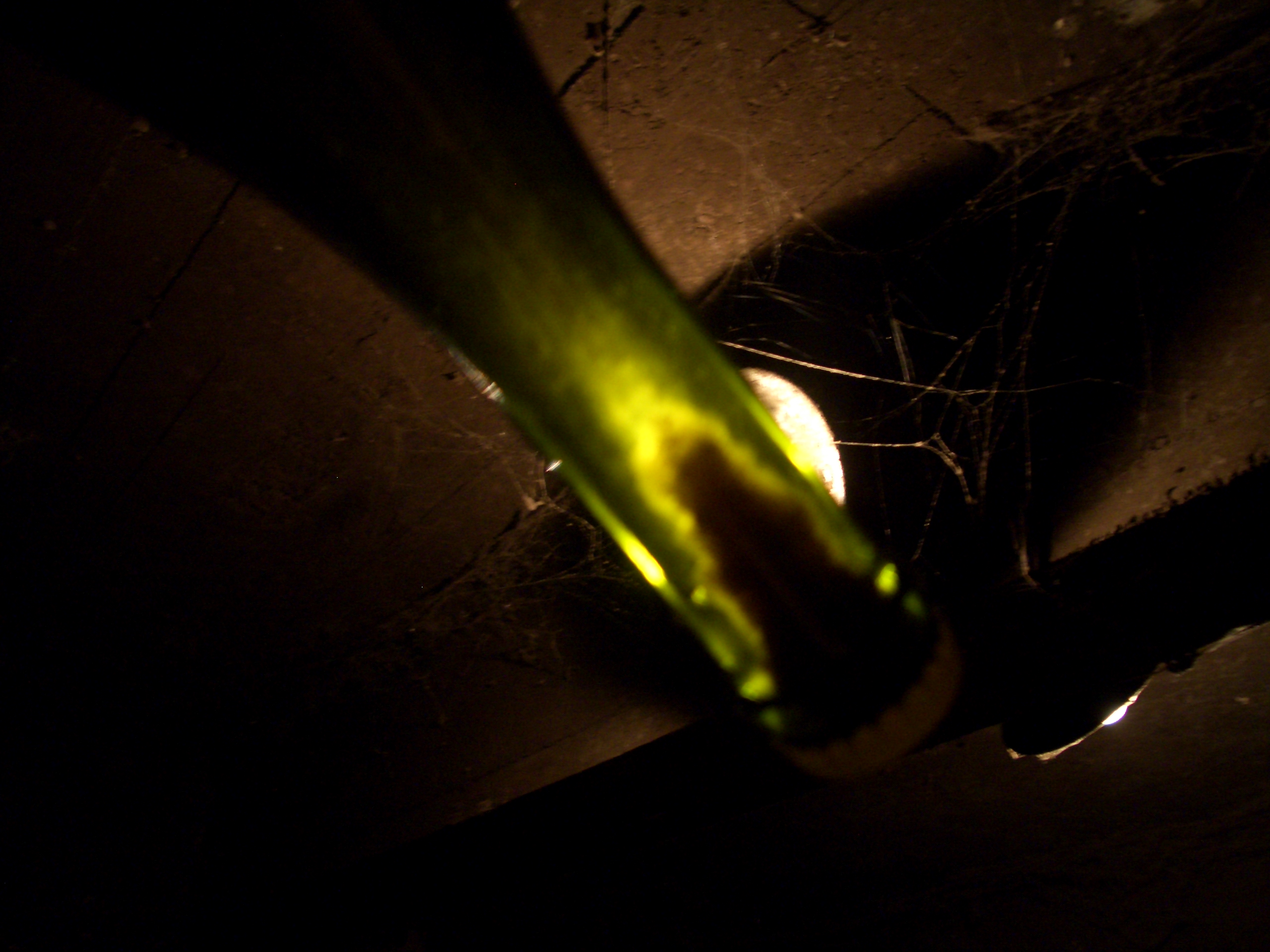
Disgorgement
Disgorgement is the last step of Champagnisation. It has 3 steps: we take the top off the bottle in order to extract the sediment accumulated in the bottleneck; an expedition liquor is added (mix of wine and sugar), its dosis will define the type of Champagne (either Extra-Brut, Brut, or Demi-Sec); finally the bottle is closed with a cork and a wire-cap.
After a few months in our cellars, the bottles are labelled and the Champagne ready to pop out!

